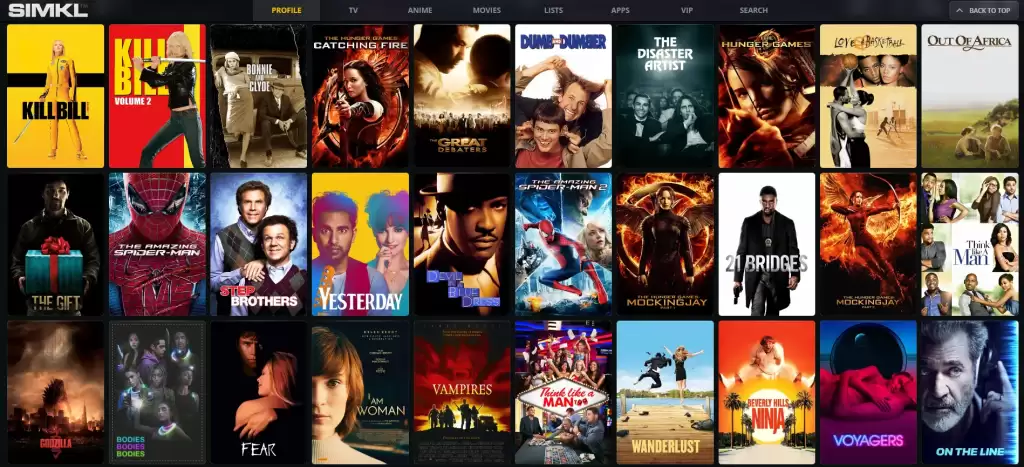Netflix has announced it will be delisting nearly all its interactive shows and films starting December 1, signaling the end of its experimental phase in viewer-driven narratives. This decision to discontinue interactive content highlights both the fleeting impact of the format and Netflix’s evolving focus amidst a competitive streaming landscape. While interactive content once promised to blend storytelling with viewer choice, the format’s limited traction has led Netflix to explore other technological frontiers, such as gaming and artificial intelligence.
The Rise and Decline of Interactive Content on Netflix
Netflix’s journey into interactive programming began in 2017 with the release of Puss in Book: Trapped in an Epic Tale, a children’s show that let viewers guide the storyline by making decisions for the main character. The real breakthrough came with Black Mirror: Bandersnatch in 2018, a film where viewers shaped the plot by making choices for the protagonist, resulting in a highly engaging and suspenseful viewing experience. Bandersnatch received significant acclaim, showing the potential of blending passive viewing with active decision-making.
SEE ALSO: Netflix Strengthens Its Commitment to Nollywood with Exciting Lineup of Films for Q4 2024
This success encouraged Netflix to expand its interactive lineup with titles like Unbreakable Kimmy Schmidt: Kimmy vs. the Reverend, Ranveer vs. Wild with Bear Grylls, and You vs. Wild, along with children’s specials like Carmen Sandiego and Boss Baby. However, these titles only made a modest splash in viewership. Although interactive content was unique, it struggled to appeal to a broad audience, ultimately falling short of becoming a consistent draw for subscribers. Over the years, Netflix had already started quietly removing some interactive titles, like Puss in Book, suggesting that interest in the format was waning.
The Reasons Behind Netflix’s Move Away from Interactive Content
Chrissy Kelleher, a Netflix spokesperson, explained that the company’s choice to discontinue interactive shows reflects a shift in its priorities. She noted that the technology used for these interactive titles had “served its purpose” but was limiting Netflix’s ambitions to explore new content experiences. Netflix appears to be redirecting its technological investments towards more advanced initiatives, including its budding ventures into gaming and artificial intelligence, which promise more scalable engagement than interactive shows.
Netflix’s recent hire of Mike Verdu as Vice President of “GenAI for Games” aligns with its exploration into integrating AI into gaming. This pivot suggests that Netflix is more interested in interactive experiences through gaming than narrative choice-driven content, which might appeal to a broader range of consumers and open up new engagement opportunities.
The Future of Interactive Entertainment: A New Era Beyond Netflix

Although Netflix is stepping back, the potential for interactive storytelling isn’t fading. Other platforms like Amazon Prime Video, which has introduced its own “Choose Your Own Adventure” films, and the rapid growth of narrative-driven video games suggest an evolving space for viewer-controlled content. These platforms may experiment further with advanced technologies like virtual reality (VR) and augmented reality (AR) to create immersive experiences that could redefine interactive entertainment.
Additionally, with interest in VR and AR expanding, future interactive content could provide an even richer, multi-sensory experience for viewers, allowing them to step into stories rather than just shape them from a screen. While Netflix has yet to fully invest in these areas, the future of interactive content might lead streaming platforms to incorporate immersive elements that surpass Netflix’s early attempts.
What’s Next for Netflix?
By moving away from interactive programming, Netflix is embracing new directions in content creation. As the company seeks to capitalize on the potential of gaming and artificial intelligence, it positions itself to redefine entertainment in novel ways. This shift may unlock creative opportunities in personalized content and interactive gaming experiences, signaling that Netflix is far from finished experimenting with audience engagement.
Though Netflix’s interactive experiment is coming to an end, it may ultimately be remembered as a stepping stone. As the streaming giant evolves, its commitment to innovation—be it in gaming or AI—will likely continue shaping the future of digital entertainment.



